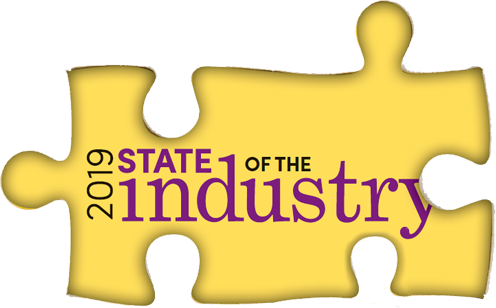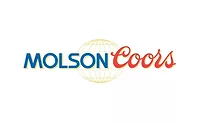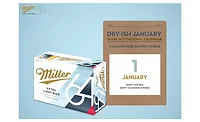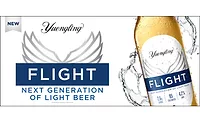2019 State of the Beverage Industry: Beer market explores more ways to drive growth
Import, craft beer segments help overall category
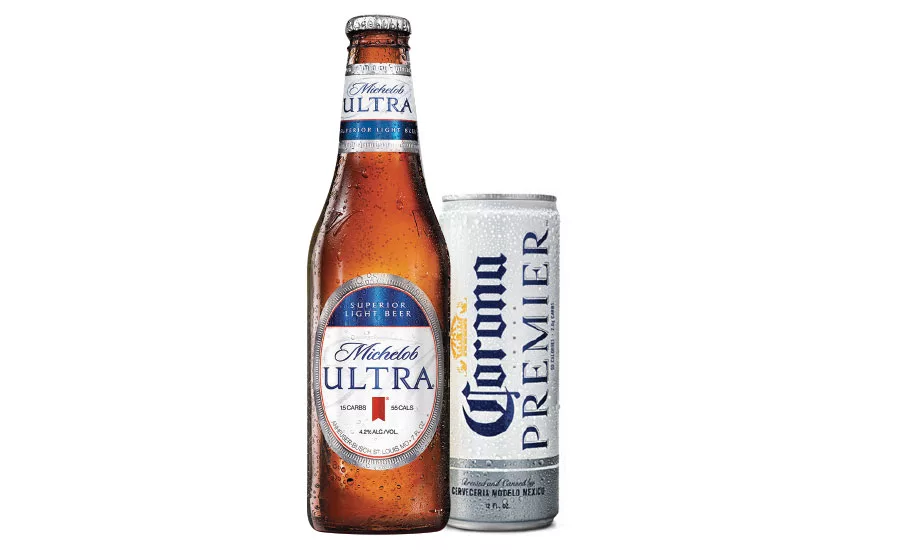
With dollar sales reaching approximately $112 billion, the U.S. beer market continues to be one of the top categories based on dollar sales in the overall beverage industry, according to Chicago-based Mintel. However, although dollar sales have seen slight increases, volume sales continue to remain challenged.
“The beverage alcohol market continues to evolve with beer losing share to both spirits and wine,” said Brian Sudano, managing partner for New York-based Beverage Marketing Corporation (BMC), in Beverage Industry’s March issue. “The continued splintering of consumer’s considered brand set that includes spirits and wine in more occasions will continue to put pressure on beer per caps.”
Because of this splintering, members of the beer community are looking to tackle these challenges through a group effort. At its 81st convention, the National Beer Wholesalers Association unveiled the Beer Growth Initiative (BGI), an industry-wide effort to improve the category health of the beer industry.
In partnership with the Brewers Association and the Beer Institute, the effort is designed to identify opportunities to grow the beer category while bringing together large brewers, small brewers, distributors and industry experts to address beer’s steady decline during the past few years, the association says. As the beer market looks to increase volume growth, many experts note the impact that the mass market domestic beer segment will have on that goal.
“Many argue that the beer category cannot return to health in the short term without a healthy premium core,” said Patrick Livingston, director of client insights of beer, wine and spirits for Chicago-based Information Resources Inc. (IRI).
When adding the sub-premium domestic beer segment, these make up approximately two-thirds of beer market share, he added. “These are very large segments and they’re very important to the health of the beer category,” Livingston said.
(Individual brands)
| DOLLAR SALES | % CHANGE VS. PRIOR YEAR | CASE SALES | % CHANGE VS. PRIOR YEAR | |
| Bud Light | $5,240,464,263 | -5.6 | 244,593,712 | -6.5 |
| Coors Light | $2,251,969,544 | -3.3 | 106,792,932 | -4.4 |
| Michelob Ultra Light | $2,018,881,076 | 14.9 | 76,025,389 | 13.8 |
| Miller Lite | $2,011,382,425 | -0.6 | 96,468,208 | -1.4 |
| Modelo Especial | $1,868,691,454 | 18.9 | 60,768,447 | 16.8 |
| Budweiser | $1,851,823,362 | -4.8 | 85,732,027 | -5.9 |
| Corona Extra | $1,748,286,932 | -0.5 | 52,809,220 | -2.1 |
| Natural Light | $997,685,170 | 2.1 | 64,702,192 | 2.9 |
| Busch Light | $842,592,408 | -0.9 | 53,131,636 | -2.2 |
| Heineken | $760,696,883 | -0.4 | 23,376,056 | -1.6 |
| Category total* | $35,879,035,835 | 2.4 | 1,480,445,100 | 0.2 |
*Includes brands not listed.
Source: Information Resources Inc. (IRI), Chicago. Total U.S. supermarkets, drug stores, mass merchandisers, gas and convenience stores, military commissaries, and select club and dollar retail chains for the 52 weeks ending May 19.
Among the current trends impacting the domestic premium beer market, BMC’s Sudano noted that premiumization continues to be at the forefront. “The long-term trend is to trade up,” he said. “Recently, the majors have gotten aggressive on price within the value segment making beer more competitive to price-sensitive consumers. This has resulted in improved value beer trends but worsening of the premium domestic beer segment. Overall, this is negative for domestic dollar sales.”
However, not all segments of the beer market have struggled. The imported beer market has outpaced the overall beer market in dollar and case sales. Based on recent insights, the segment’s performance continued throughout 2018 and experts forecast a positive impact on the market in 2019.
“Our data suggests imported beer is growing quicker than the domestic beer category and this trend is expected to continue over the next five years, especially [because] Mexican brands are performing very strongly,” said Chris Lombardo, lead industry analyst for Los Angeles-based IBISWorld.
BMC’s Sudano also detailed the importance that Mexican imports have had on the beer segment.
“Mexican imports have been outpacing market,” he said. “We expect this trend to continue as brands have hit significant scale which commands more shelf space. Recent innovation and market activation has also drove incremental volume and driven sales.”
According to IBISWorld’s Lombardo, Mexican beer imports account for nearly two-thirds of the U.S. import beer market.
The craft beer segment also has been a growth avenue for the overall beer market. However, as this market matures, brewers have been experimenting with more style iterations to drive growth.
“New beer styles are becoming popular largely due to younger consumers’ interest in diversifying their beverage consumption,” IBISWorld’s Lombardo said. “This provides brand owners with the opportunity to try new and differing styles of beers without as much of a risk [of] alienating their key markets as in the past.”
In its October 2018 report titled “Beer and Craft Beer – US,” Chicago-based Mintel details the importance of “style” when beer consumers are selecting products.
“Style is the second most important factor influencing beer choice, and ‘better selection of styles’ is the leading reason driving increased consumption among those who have increased their consumption in the past year,” the report stated. “Open-end responses included in our custom consumer survey indicate consumers may feel increasingly knowledgeable about beer and, thus, are growing more comfortable in the category. Engaged beer drinkers (including younger consumers and craft drinkers) place a significantly higher-than-average level of importance on style, suggesting that messaging that gets specific about the beer style and its components’ impact on the flavor and drinking experience may find appeal.” BI
Looking for a reprint of this article?
From high-res PDFs to custom plaques, order your copy today!
